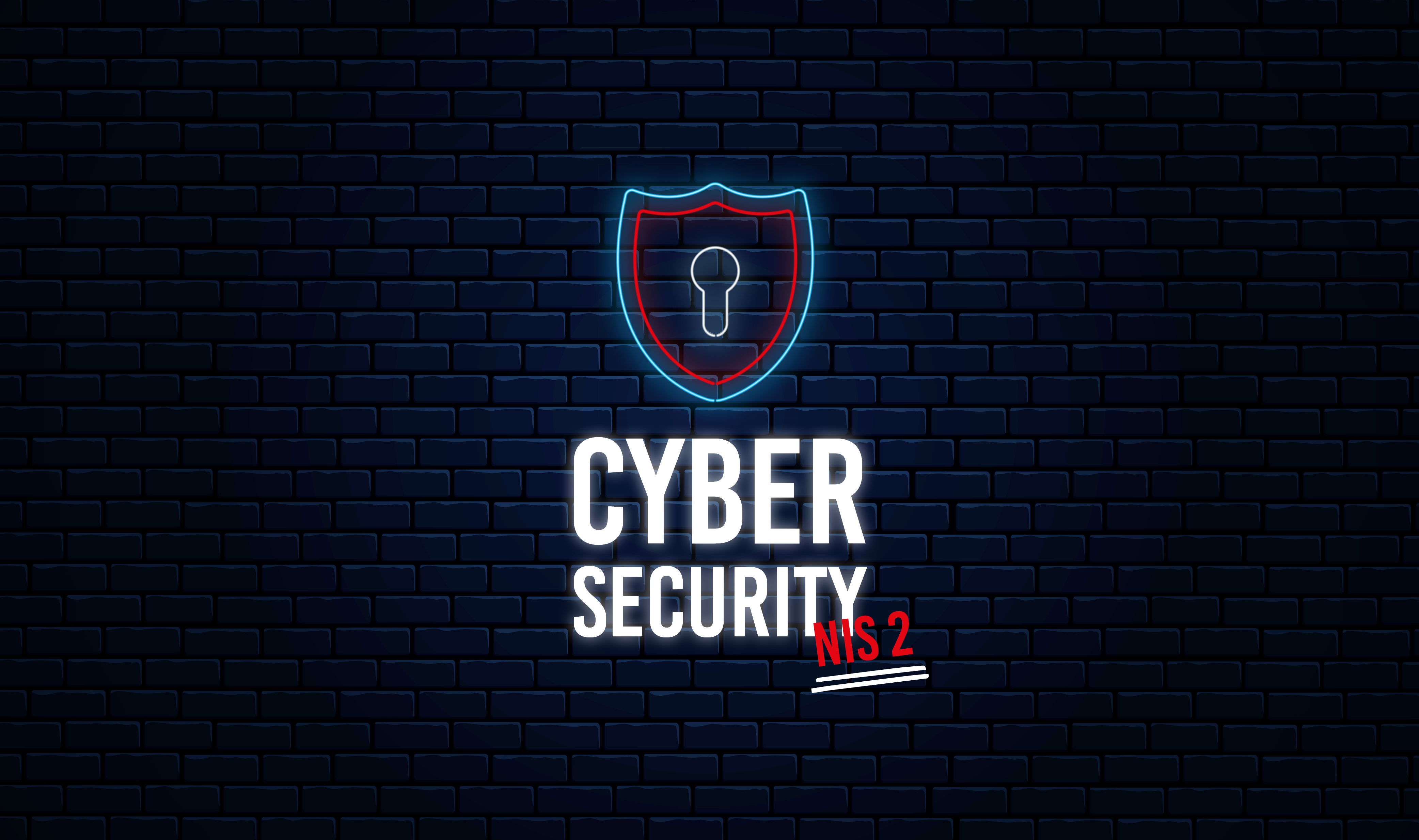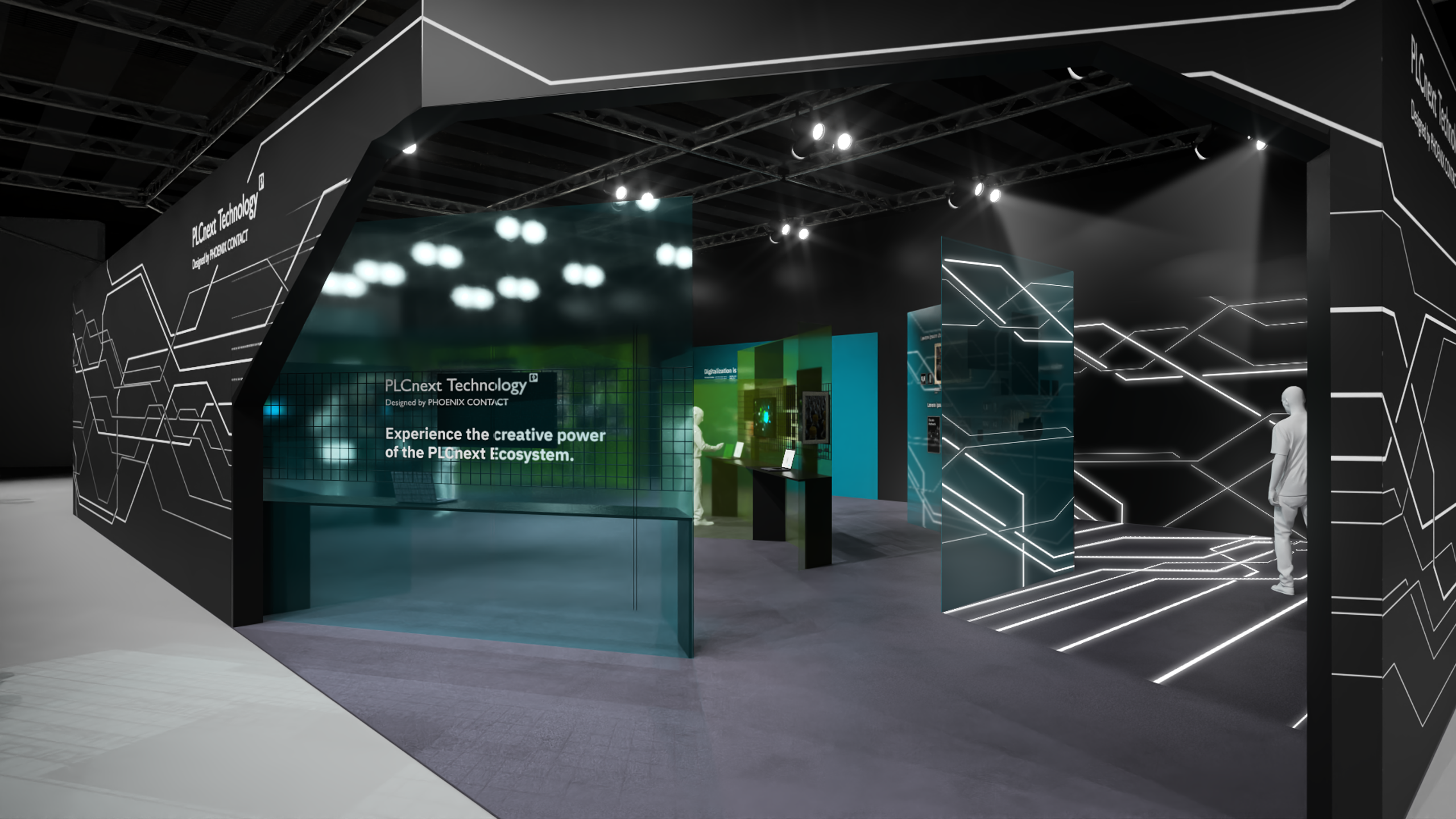This is my archive
Folders and PLCnext environment variables The following table lists environment variables on the controller, representing directories that are required for app administration. The values of these environment variables are set to the defaults shown below, using information in the file /etc/plcnext/Device.acf.settings. These default values do not need to… Read More
App installation states PLCnext Apps must be installed and uninstalled using either the PLCnext Store or the web-based management (WBM) hosted on the controller. In the background, both the PLCnext Store and the WBM interact with the AppManager on the controller to handle the app installation and run states. A PLCnext App can have… Read More
App container A PLCnext App is stored in a SquashFS container (see Squash FS on Wikipedia). A SquashFS container stores a folder and file structure in a single compressed file. The SquashFS containers of all installed and started apps are mounted by the AppManager in the Linux file system at… Read More
License check In case of a chargeable app a license check should be integrated into the app. For this purpose the RSC service Arp::System::Lm::Services::ILicenseStatusService::GetLicenseStatus(uint32 firmCode, uint32 productCode, uint32 featureCode=0) is available. See the RSC documentation reference in the main PLCnext Info Center. This function is integrated… Read More
Building a PLCnext App Independent of the amount and types of your app parts the general way to build the app is always identical. The necessary changes you need to include for every app part will be detailed below the general build process. The description of each app part… Read More
Alternative creation of an app container on a Linux desktop PC In some cases the command plcnextapp cannot be used for generating the app container, e.g. because this creation step should be integrated into a build process which cannot access a PLCnext Control. In this case the SquashFS of the app… Read More
Diagnostic log files All status and error information related to app management are saved in the following two log files: /opt/plcnext/logs/Output.log: All status and error messages of the PLCnext firmware, including those of the app management components /opt/plcnext/logs/plcnextapps.log: status and error messages of the plcnextapp command line… Read More
Creation of an app container The Linux command plcnextapp is available under /usr/bin and is used to create an app container. The following parameters are supported: create e.g.: plcnextapp create /opt/plcnext/myapp My App example e.g.: plcnextapp example … Read More
PLCnext App Integration Guide Learn all about creating apps for the PLCnext Store in this PLCnext App Integration Guide. PLCnext Apps A PLCnext App(in the following also called “app” for short) is a collection of functionalities bundled into one large file that can be understood and executed by the PLCnext Runtime System. Each app may contain multiple different… Read More
Metadata The app description file must contain a JSON object with the name “plcnextapp”, which describes the properties of the PLCnext App: { “plcnextapp”: { “name”: ““, “identifier”: ““, “version”: ““, “target”: ““, “minfirmware_version”: ““, “manufacturer”: ““, “licensetype”: “”… Read More




